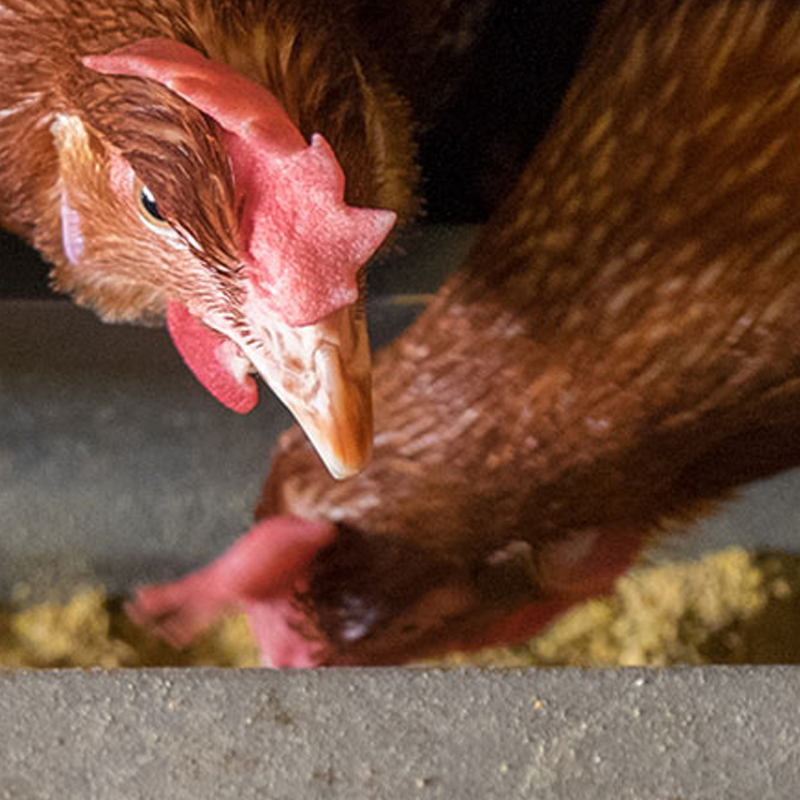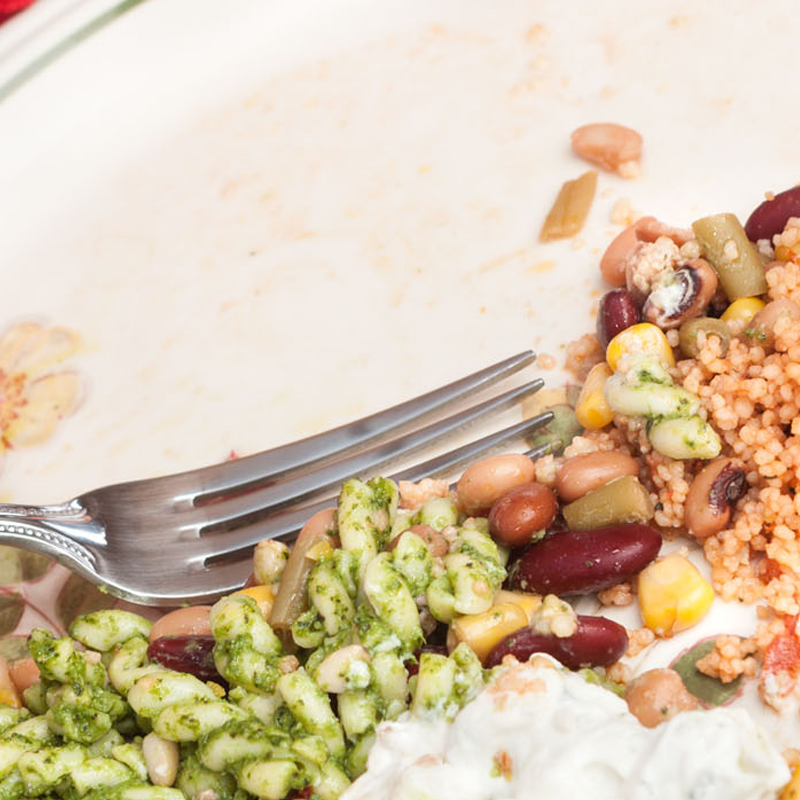
Food Waste - A Student Perspective
Why do students waste food, and what can be done about it?
Food waste is increasingly recognised as a major global problem. Almost one third of food produced for human consumption is wasted every year, contributing around 8% of the world’s greenhouse gases. Preventing food waste could save the average household £437 per year, and would have the same positive impact on reducing C02 equivalent emissions as taking 1 in 4 cars off the road.
Research shows that 18-34-year-olds waste proportionally more food than other age groups. Students are a key audience within this age group, and in order to help them reduce their food waste, we need to gain a better understanding of what foods they are wasting, and why.
In February 2019, Zero Waste Scotland conducted a study at the University of St Andrews, in which 155 students completed a food waste diary over a 7-day period. The study aimed to establish the approximate purchase cost of food wasted by students, as well as investigating the kinds of food most commonly wasted, and why this food is wasted.
This report outlines the findings, and provides a list of recommendations for actions that can be taken to help students waste less food.
Key findings:
- The average purchase cost of avoidable food waste per student per week was approximately £5.25 - that's approximately £273 per year.
- The most commonly wasted type of food was leftovers from cooked meals, which accounted for 18% of avoidable food waste. Closely followed by fresh fruit and vegetables.
- The most common reason given for food waste occurring was that the participant did not like the food. This accounted for 29% of occurrences of avoidable food waste. Joint-second was that the participant cooked too much or the food was sold in too big a quantity. (23%).
- The most favoured option for helping students to reduce food waste was posts and videos on social media (29%). This was followed by learning about the issue as part of their degree (21%).






